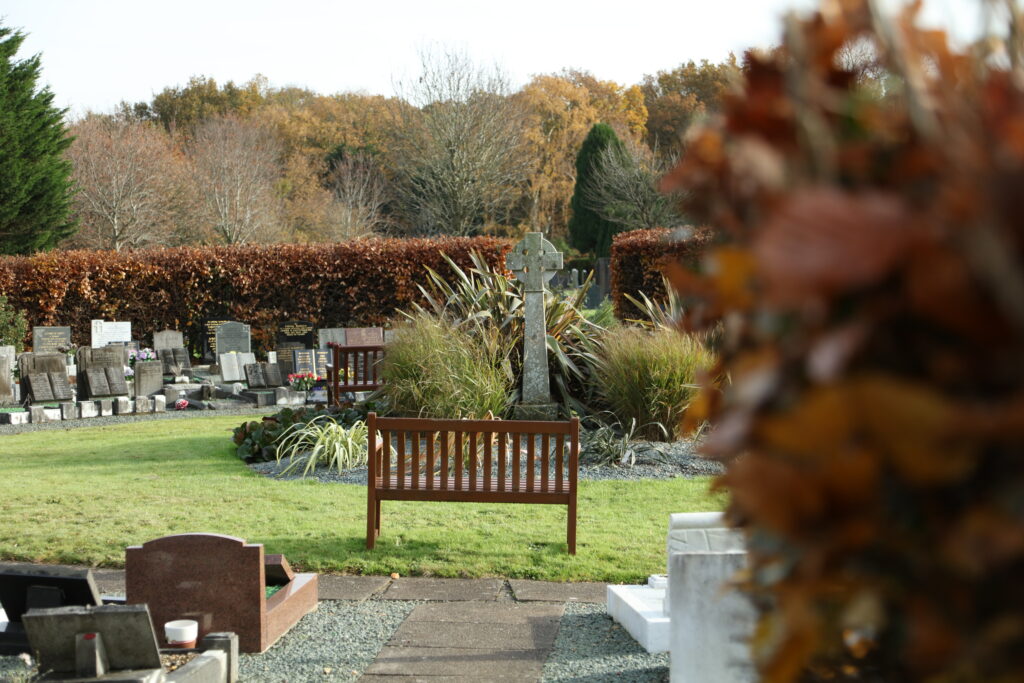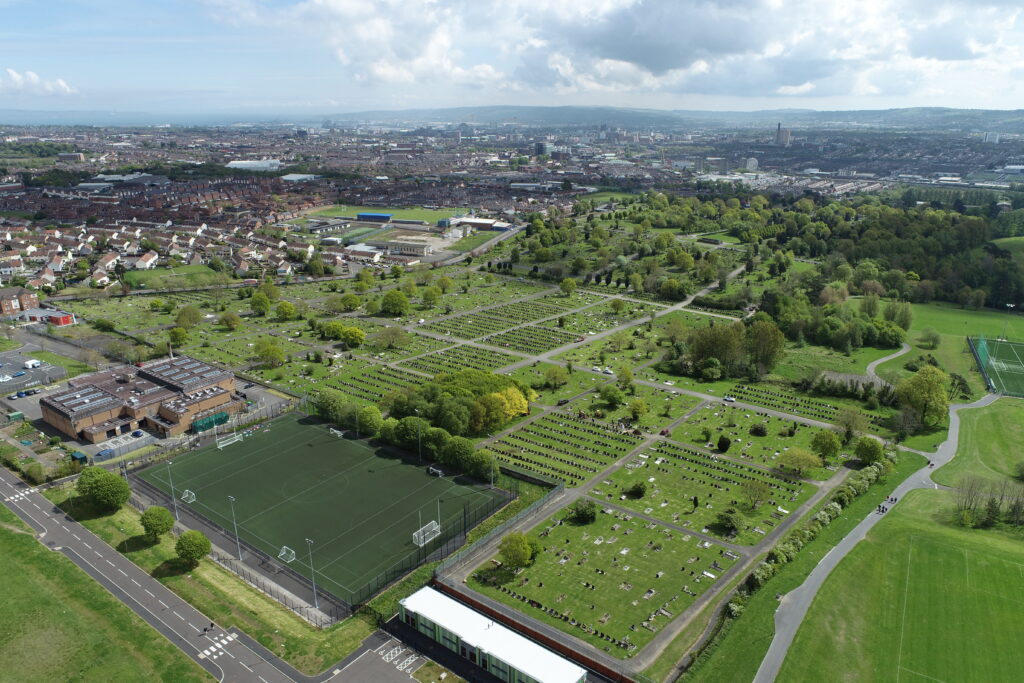 Cutting-edge tech is helping grieving families. PlotBox software streamlines cemetery and crematorium management so that bereavement services can devote more time to the families who need it most.
Cutting-edge tech is helping grieving families. PlotBox software streamlines cemetery and crematorium management so that bereavement services can devote more time to the families who need it most.
Infotec.news speaks exclusively to PlotBox Solutions Consultant Niall Adams about how technology can take some of the pain out of death.
Hello Niall. What is ‘cemetery software’?
It’s software that helps with the record and operational management of a cemetery. For example, in England and Wales, the Local Authorities’ Cemeteries Order or LACO requires all Local Authorities to keep accurate records of each burial that takes place and of who owns or has a right of burial in that plot. They must also keep a plan of where each burial is located within the cemetery.
Our software platform integrates mapping and data, providing a single source of information and management. Alongside the UK and Ireland, we also operate in North America and APAC, giving us the ability to learn from various regions and to support our customers to operate at world-class standards.

Photo courtesy of Plotbox
But it’s more than simply digitising old records.
Yes, it often starts with existing maps and records. Depending on the digital maturity of the organisation, records might already be in a database or spreadsheet, though they can often be very old. As for maps, these are often in paper format and can be stained with coffee rings or have faded, handwritten notes. Records like this tend to be deteriorating, are manually updated and are prone to error.
We fly drones over the cemetery and take a series of high-resolution images from which we can build a detailed digital model. We then overlay the existing, historical maps and create a rich and interactive way to find, view and add records. At a glance, you can see what plots are available or have remaining capacity. Simply click on a plot and you bring up the related data.

Photo courtesy of Plotbox
Our software helps with the operational side as well. For example, funeral directors can easily access availability for burials or cremations and submit a request to the bereavement service electronically. This saves time, but more importantly, means the funeral director can better support the family. PlotBox also manages the placement of the internment, adding memorial items such as a headstone, and requirements such as headstone risk assessments.
Then cemetery software is aimed at those who plan and direct funerals.
I think it’s important to consider the various stakeholders. As I said, we help local authorities to meet their legal requirements but also to deliver a vital service to grieving families.
Then, yes, there are funeral directors and others in the sector, such as the memorial masons who supply graveyard memorials. How can we improve their communication with the local authority, so that they can better serve the families?
But then there are bereaved families – and, really, they come first. A bereaved family will be going through the most difficult time. And if you’ve not already been through the process of organising a burial, it can be very daunting.
How do you support them?
Funeral directors and the bereavement services team are best placed to support the family in person and ensure everything on the day of the funeral is seamless. My experience is that they’ll do everything they can to go the extra mile.
For those working in the sector, the administrative processes can be time consuming. By making that process more efficient, we aim to give bereavement professionals back time which they can then use to better serve the families. That’s our mission, taking some of the pain away from dealing with death — for the families and those who serve them.
How big a challenge is this kind of cemetery mapping project?
It depends on the size of the cemetery and the number and type of records we’re working with. For example, we’ve mapped Rockwood General Cemetery in Sydney, which is the largest cemetery in the southern hemisphere – it’s some 700 acres. It’s a challenge to find a particular grave in a place that size unless you have cemetery software with integrated digital mapping.
Yes, I once emailed a local authority to ask where I’d find a particular grave. They gave me a two-number, two-letter reference and that was it. I then had to work out that there were similar references on some of the graves in the cemetery, but some had worn away and it wasn’t always clear how the grid system worked anyway…
Exactly. We’ve now mapped cemeteries of various sizes around the world and there are all sorts of ways to organise things. I’m based in Northern Ireland and recently attended Belfast City Cemetery to help educate families on the use of our online portal EverAfter.
While I was on site, I met a lovely family from Canada who’d travelled over to trace the grave of a long-lost uncle. The cemetery has some signage to help you find your way but it turned out the grave they were looking for didn’t have a headstone. It would have been nigh-on impossible to find it just by walking around.
In the old days, this family might have looked up the local authority and asked them for directions. It would have been someone’s job to look through the old, paper records and registers, which might have taken hours. After this they might then have gone out to the cemetery to show this family to the right spot.
I was able to show them the EverAfter portal. They searched by name and brought up the burial location instantly. I also showed them how to bring this up on their phone and use the walk-to-grave directions to get there. Off they went and came back later to show me a photograph of them at the grave. They made that family connection – and they did it themselves. We empower people to self-serve.
With that in mind, where would you like this technology to go next?
Any technology we apply has to come back to our core mission: how we help to reduce the pain of death for families and those that serve them. That’s the driving force behind our technology, and our continued strategy.
That may include the use of AI to create more efficiency, to introduce new cemetery mapping techniques, and to expand further on the options we have to support the family through their grief.
Niall Adams, thank you very much.
Interview: AR app ‘Dorothy’ helps people living with dementia













Leave a Reply